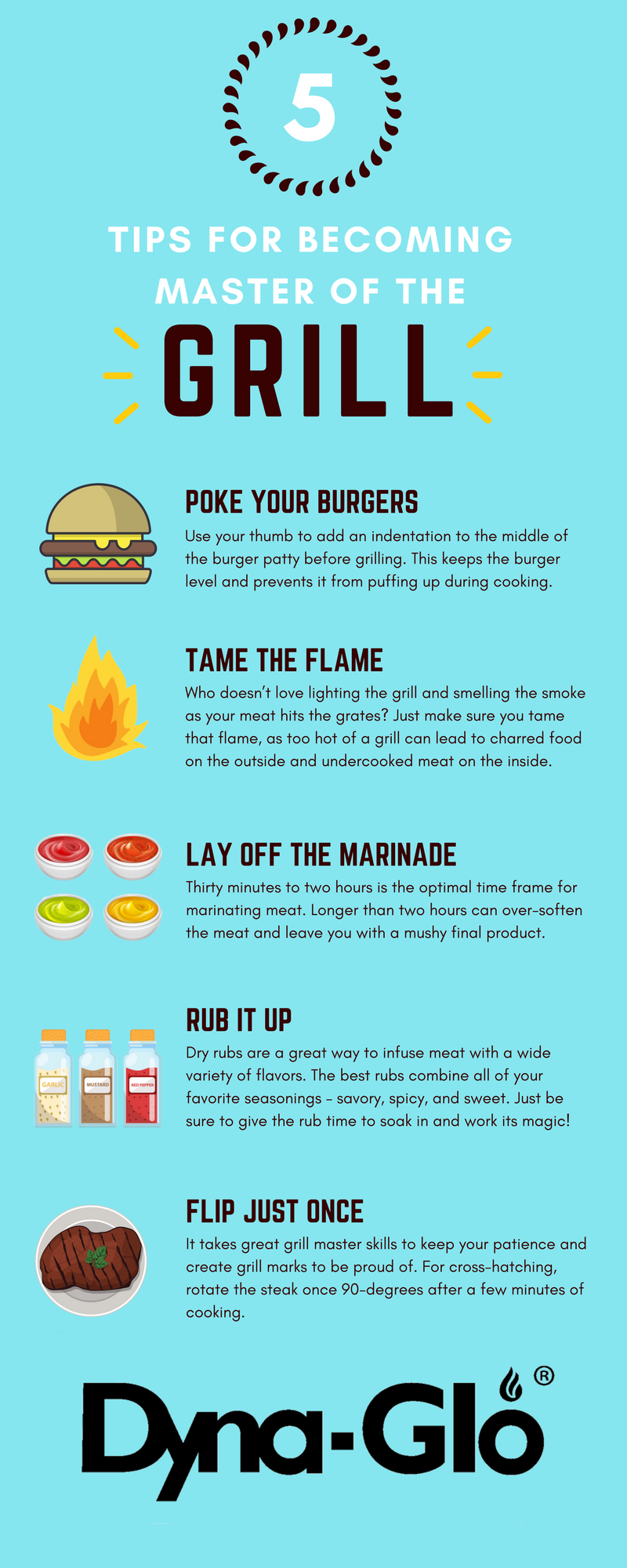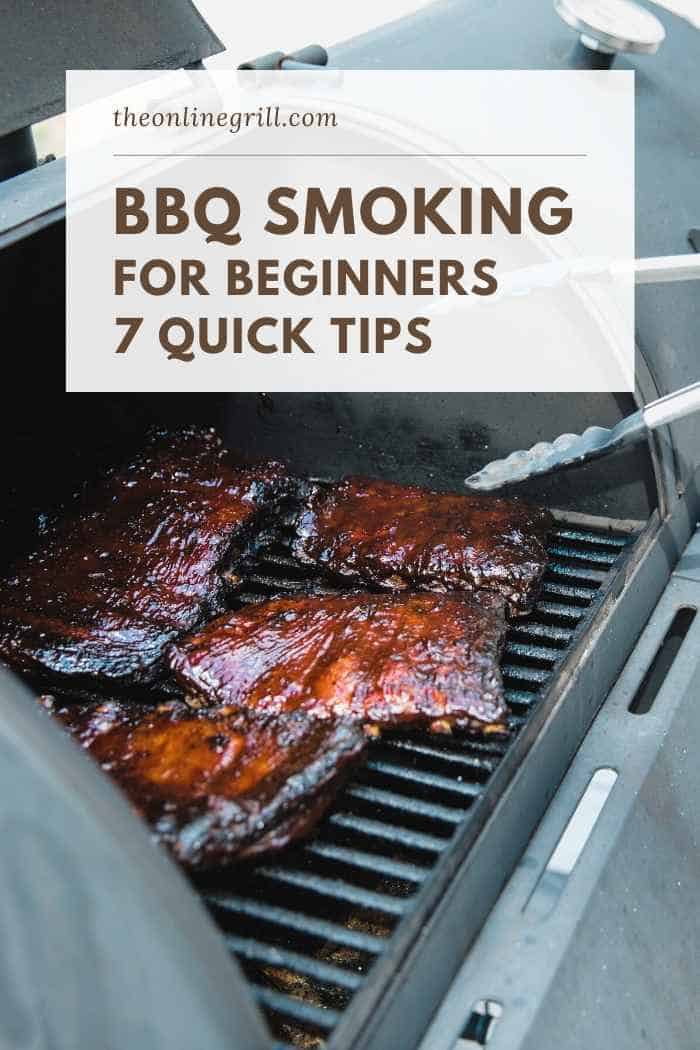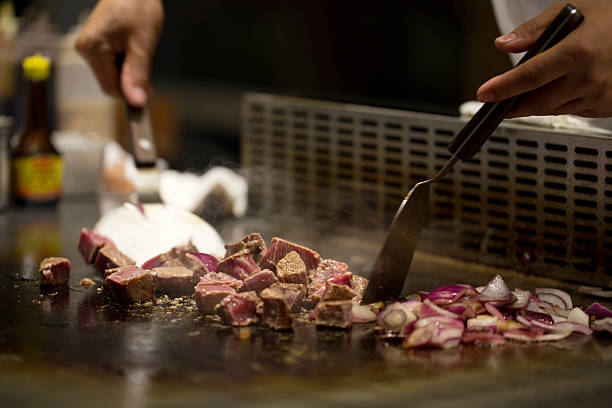
Since ancient times, smoking has been used to prolong the shelf life of many foods. The taste and texture of many foods can be altered by a variety of methods such as drying, pickling, salting, and smoking. Home cooks and chefs alike still use traditional methods to enhance the unique flavors and textures of their food. These are just a few of the many tips you can try. You will enjoy great tasting results if you read the following. Incorporate these methods into your cooking! These are great tips to help beginners.
Hot smoking: This involves heating the meat directly on the fire. While it will take longer for the food to cook, the resulting smoky flavor and aroma will be more intense. For this method, a smaller smoker is more efficient. It is best to avoid hot-smoked food if you want to save money. If the food isn't kept refrigerated, it can quickly lose its flavor and texture. To make the most of your food, use a small, portable smoker.

Wind: Strong wind can cause the meat to not cook properly. Wind is not a problem when you use a smoker but it can be dangerous if your cooking chamber gets too hot. Try to position your smoker so that the wind is from the west. This will prevent your meat from drying out and it will also stop it from cooking too quickly. A smoker with an open fire box is a good option, but you may want to think about a better method.
There are two main types of smoking: the snake and the pile. The pile method involves placing the food in a small basket over a fire that is infused with smoke. The slow cooking of the smoked food will result in subtle differences in flavor. The pile method is best for kettle-style or drum smokers. The pile method is not required for offset cookers. The lid must be secured to the smoker in order to use this technique. This protects the smoke from escaping.
Each type of food is different and each smoking technique can alter the taste. A cold smoking method is one that adds smoke flavor to foods without heat. The difference between the lower and upper racks can vary by 10 degrees, so it's important to use a smoker with a lid to avoid this kind of problem. The smoker's cover is always the most heated part of the meat.

The best smokers offer an even temperature range. A wood thermometer can be used to provide a more consistent heat. It will help you to know if your meat is done. This will enable you to keep an eye on temperature in the smoker. Once the temperature is correct, the smoker can be used to smoke your meat. To use a smoker you need to read the manual.
FAQ
How long does it take to learn to cook? What amount of time will it take to master the art?
It all depends on your skill level. Some people learn basic cooking techniques in just a few days. Others might need months or even years to master basic cooking techniques.
There are many factors that affect the time required to learn how cook. One example is that someone who has never tried cooking before would likely take more time to learn than someone who cooks often. Some types of cooking are more difficult than others. Baking is more difficult than frying.
A specific technique will help you cook faster. Once you are proficient in that technique, you can move onto the next one. You shouldn't stress about how long it takes to learn how cook. Just keep practicing and enjoy the process.
How can I get hired to be a chef?
First, you need to earn a culinary arts diploma in order to get a job working as a chef. Next, join a professional organisation such as ACF. The ACF offers certification exams and networking opportunities.
How Long Does It Take to Be a Chef? What is the average career path in this field?
The average time it takes to become a chef is five years. In this period, you will learn basic cooking skills and experience as a kitchen assistant. After you've completed your training you can apply to be a line cook or sous chef. The average annual salary for a professional chef is between $25,000 and $60,000
How Much Does It Cost to Study Culinary Arts?
You will find that the price to study culinary arts is variable. A four-year degree usually costs around $40,000. On the other hand, a two-year associate's degree may cost less than $5,000. Tuition costs vary depending on which program you choose. Public institutions are more expensive than private institutions.
How Do I Learn About Cooking?
There are numerous cooking classes offered across the country. Many schools offer classes in baking, pastry, wine tasting, and more. If you're interested in learning more about baking, you can either enroll at a community college or vocational school. Or you can attend a private class.
Do I have to go to culinary school in order to be a professional chef?
No. No. Some even went to culinary school just to gain experience. Culinary school is preferred by most chefs because they have more opportunities to grow and learn. Culinary schools give students hands-on experience, which allows them to develop valuable skills as well as improve their culinary knowledge.
What should a beginner cook start with?
Start cooking something simple, such as pasta, rice, soup. A recipe book or a YouTube video can help you learn how to cook. Cooking can be fun when done with a partner. Have a group of friends cook, or cook together.
Statistics
- You'll be amazed that over 90% of CIA students receive scholarships and grants to finish their culinary studies. (ischoolconnect.com)
- The median pay for a chef or head cook is $53,380 per year or $25.66/hour, according to the U.S. Bureau of Labor Statistics (BLS). (learnhowtobecome.org)
- under 10 Kids have been taught that there is special food just for them, and Fiese says that 10 percent of kids will throw a tantrum if they don't get the food they want. (washingtonpost.com)
External Links
How To
How to make a perfect Omelette
Omelets are a favorite breakfast food of mine. But how do you create them perfectly? There are many recipes and methods I tried, but none worked. Today, I'd like to share some tips with you in order to make delicious and fluffy omelets every day.
Before we start making omelets, let's remember that eggs are temperamental. They must be fresh, preferably from the organic market, and be kept cold until cooking. If they are not kept cold enough, the whites won’t form properly. The yolks will also break down too quickly and become runny. Your omelets will look strangely colored if this happens. If you want to make omelets right away, it's best not to use eggs that are too cold.
Another tip is to separate your egg before adding it into the pan. The yolk and white should not be mixed together as this can cause the omelet's curdle.
The bottom part of an egg that is added directly to the stovetop might be burned, which could cause a ruined texture in your omelet. Instead, heat the egg in a microwave for 10 seconds and then place it in a pan. The microwave heat cooks your egg just right, without it becoming too soft.
Next, let’s talk about mixing the egg. When you mix eggs together, you want to beat them well. To do this, grab the bowl of the mixer and turn it upside down. Next, shake the bowl vigorously. This allows the air to be whipped and the egg to be mixed thoroughly.
Now comes the fun part: adding the milk to your mixture. Mix half of the milk with the eggs. Then fold the eggs in half into the remaining milk. You don't need to worry if streaks remain. They will disappear once you flip your omelet.
After folding the eggs, place the pan on medium heat and wait for the oil to start sizzling. Once the oil begins to heat, add 1/4 cup butter and swirl the pan to coat it. Now carefully crack open the lid of the pan and sprinkle salt into the pan. Salt will prevent the omelet sticking to the pan.
Once the omelet has formed, cover the pan again and wait for the top side to set completely. Use a spatula to flip the omelet or turn the pan upside-down. Cook the other side for another minute or two. Take out the omelet and place it in a bowl.
This recipe is best made with whole milk. However, it can also be used with skimmed milk.